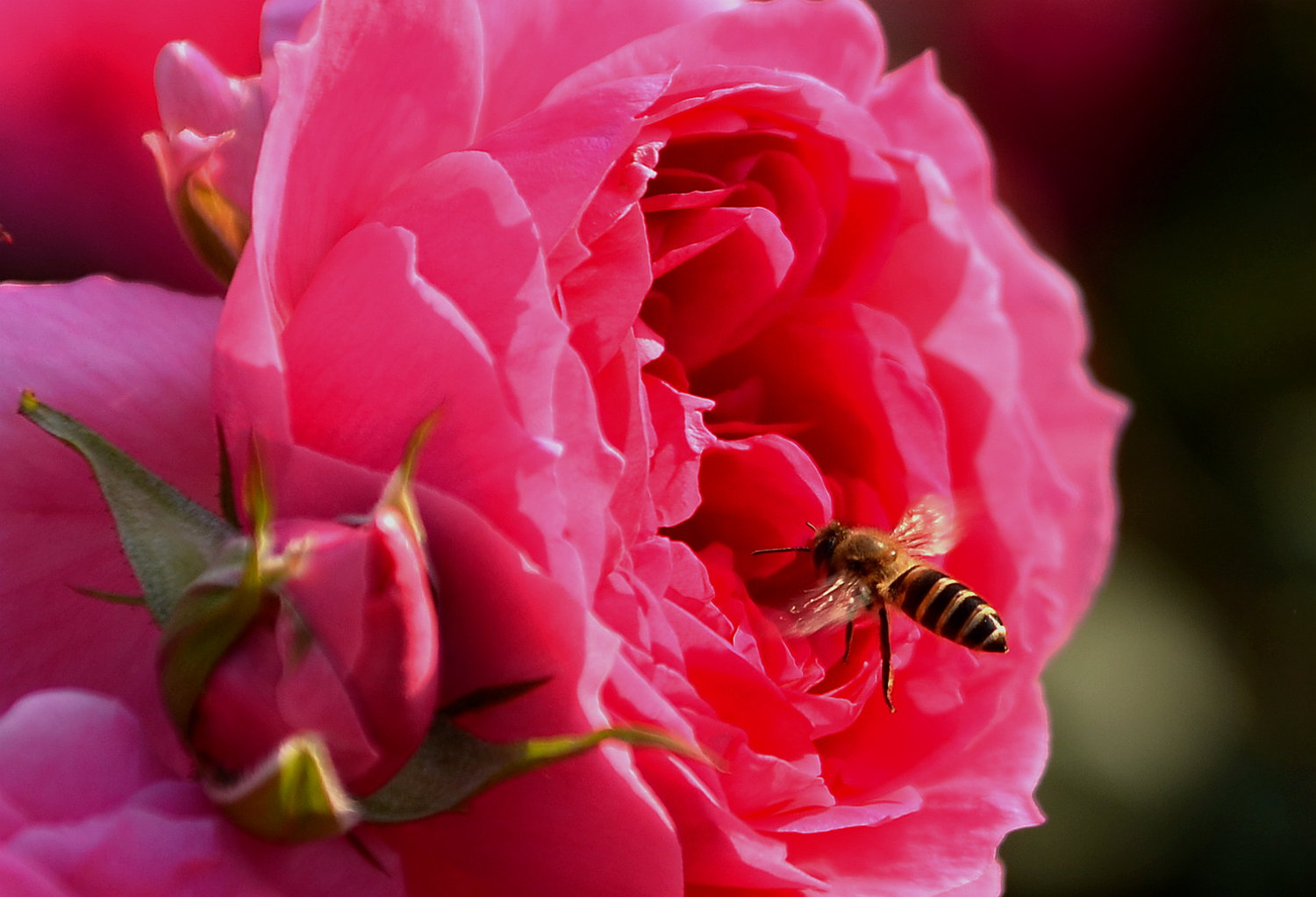环境如何影响蜜蜂的食物决策权?

动物取食时需要考虑多种因素,如食物质量、食物的处理时间、捕食风险、食物中碳氮平衡等。在复杂的自然环境下,动物的决策往往需要评估各种相反的标准,如高质量的食物往往吸引捕食者,意味着取食者必须权衡食物质量和捕食风险。蜜蜂在取食时需要面对多种矛盾的花的属性(如获取食物与取食时间、取食地出现的危险及花蜜中的有毒成分等),因此是探索动物在多种复杂因素下取食决策的优秀模型。
温度和浓度是花蜜的两个重要属性,中国科学院西双版纳热带植物园化学生态学研究组谭垦博士等利用东方蜜蜂取食时对不同温度和浓度的糖溶液的喜好研究蜜蜂在多种选择下的决策。
结果表明:在对花蜜单个属性进行选择时,蜜蜂偏好温暖的糖溶液(浓度相同)和较高浓度的糖溶液(温度相同);在对有多个属性的花蜜选择时,蜜蜂对相同浓度温暖糖溶液的偏好随温度的降低而增加。
在决策过程中,唯一选项下蜜蜂选择最为直接。而在对食物多个属性进行选择时,蜜蜂能够对这些选项的不同属性进行单独权衡,并且会增加对各个选项权衡的时间和次数。环境对蜜蜂的选择能够产生影响,随选项数目的增加,无论其属性优劣,蜜蜂的决策都会受到影响,即蜜蜂会改变之前的选择偏好。
相关研究成果发表在Behavioral Ecology and SocioBioLogy上。
原文摘要:
Preferences and tradeoffs in nectar temperature and nectar concentration in the Asian hive bee Apis cerana
Ken Tan, Tanya Latty, Zongwenu Hu, Zhengwei Wang, Shuang Yang, Weiweng Chen, Benjamin P. Oldroyd
Honey bee foragers need to asses and make trade-offs between a number of potentially conflicting floral attributes. Here, we investigate multi-attribute decision making in the eastern honey bee, Apis cerana, when foraging on food sources that varied in warmth and sucrose concentration. We show that foragers prefer warm (30 °C) sucrose solution over cool (10 °C) sucrose solution and concentrated (30 % w/w) sucrose solution over dilute (15 % w/w) sucrose solution. When we offered the preferred sucrose concentration (30 % w/w) at the less-preferred temperature (10 °C), and the less-preferred sucrose concentration (15 % w/w) at the preferred temperature (30 °C), foragers prioritized warmth by choosing the warmer, but lower concentration solution. When the temperature difference was less extreme, bees preferred more concentrated cooler syrup (30 % ww at 15 °C over 15 % 30 °C). However, the addition of a decoy item to the choICE set had a significant effect on the bees' preferences. Our results highlight the critical importance of considering context effects when measuring the foraging preferences of animals.
标签: 食物决策权 蜜蜂 花蜜
作者:中科院 点击:次

